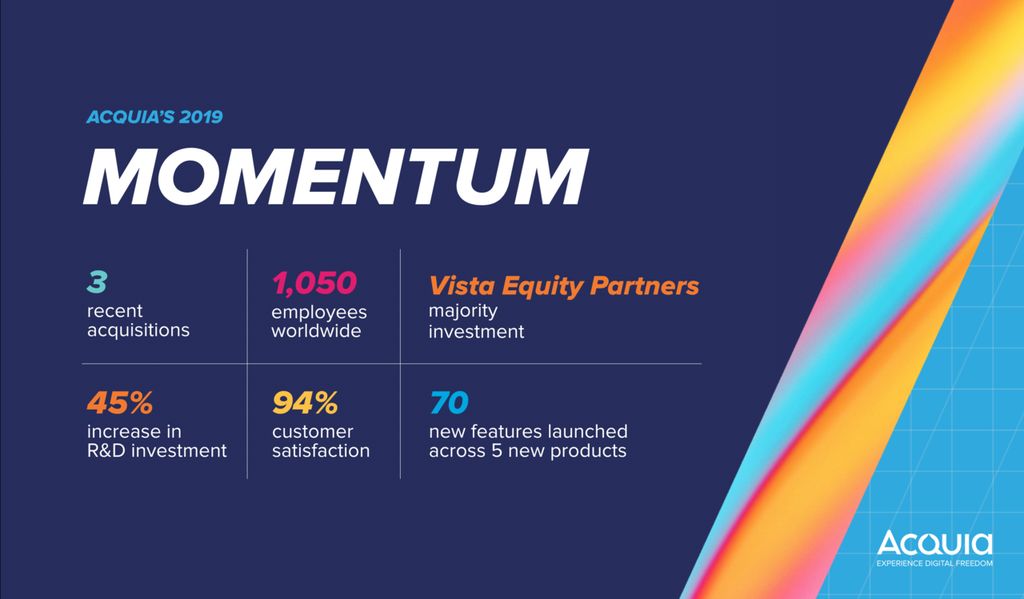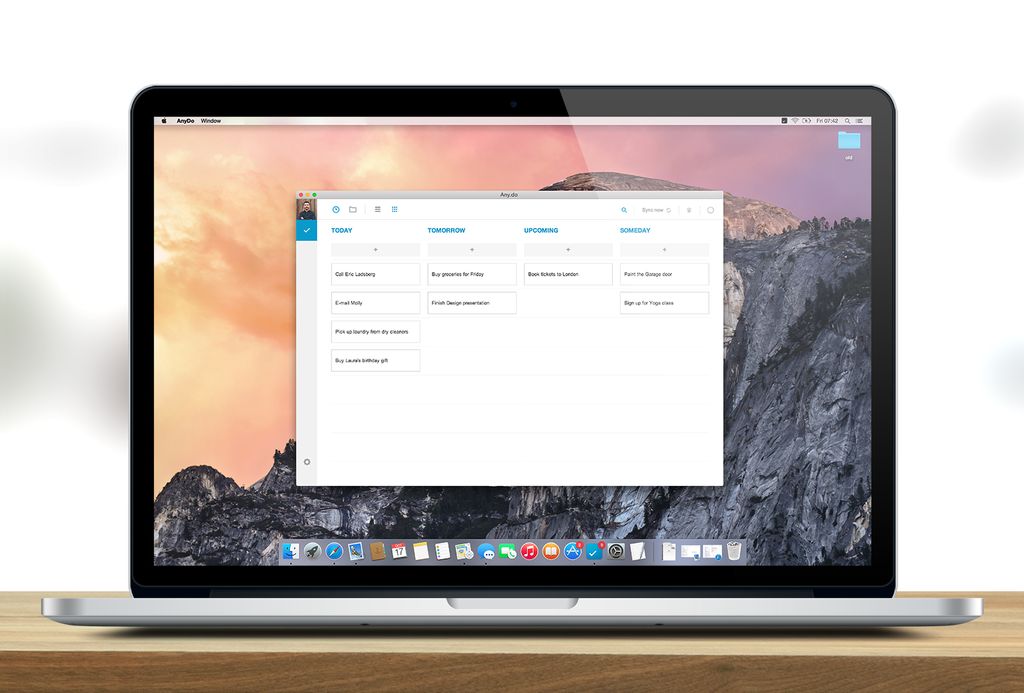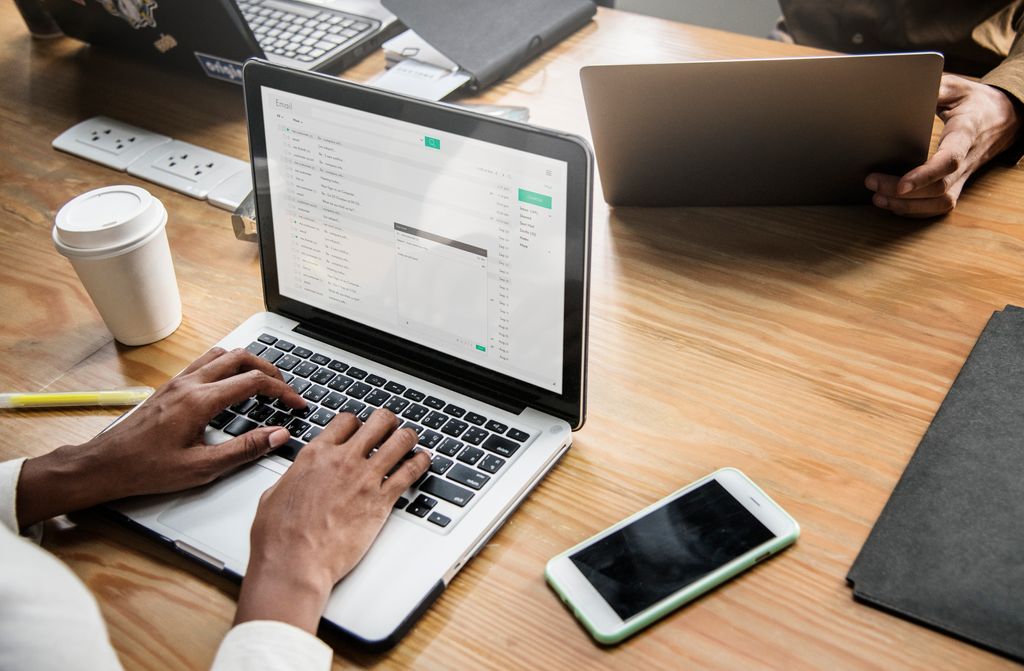
In today's fast-paced work environment, efficient email communication is crucial for boosting productivity. With the increasing volume of emails we receive on a daily basis, it's important to streamline our email communication to avoid overwhelm and improve organization. One way to achieve this is by utilizing an email productivity enhancer, which offers a range of features to optimize our email workflow. In this article, we will explore the importance of efficient email communication, the features of an email productivity enhancer, the benefits of using one, and best practices for maximizing email productivity.

Streamlining email communication is crucial for improving productivity and efficiency in the workplace. By implementing strategies and tools to manage emails effectively, individuals can save time and reduce the overwhelm caused by a cluttered inbox. One such tool that can greatly streamline email communication is the Gmail Unsubscribe Plugin.
Reducing email clutter is essential for improving productivity and efficiency in the workplace. By minimizing the number of unnecessary emails in your inbox, you can focus on important tasks and avoid getting overwhelmed. Here are some strategies to help you reduce email clutter:
Unsubscribe from unwanted emails: Take the time to identify and unsubscribe from newsletters, promotions, and other emails that you no longer find useful. This will help declutter your inbox and prevent unnecessary distractions.
Use filters and folders: Set up filters to automatically sort incoming emails into specific folders based on criteria such as sender, subject, or keywords. This will help you prioritize and organize your emails, making it easier to find important messages.
Archive or delete old emails: Regularly go through your inbox and archive or delete emails that are no longer relevant. This will free up space and make it easier to locate important information when needed.
Limit email notifications: Disable unnecessary email notifications to minimize interruptions and distractions. Only enable notifications for urgent or high-priority emails to ensure you stay focused on your work.
By implementing these strategies, you can effectively reduce email clutter and create a more streamlined and organized email communication system.
Improving email organization is crucial for maintaining productivity and efficiency in the workplace. By implementing effective strategies and utilizing the right tools, individuals can streamline their email management process and ensure that important messages are easily accessible. Here are some tips to improve email organization:

Email filtering and sorting is a crucial feature of an email productivity enhancer. It allows users to manage their inbox more efficiently by automatically categorizing and organizing incoming emails. With email filtering and sorting, you can prioritize important emails, separate them from less important ones, and reduce the time spent on email management. This feature helps streamline your email communication and ensures that you don't miss any critical messages.
Automated email responses are a valuable feature of an email productivity enhancer. They allow users to set up pre-written responses that can be automatically sent in reply to specific types of emails. This feature is particularly useful for handling common inquiries or providing immediate acknowledgement of receipt. By automating responses, users can save time and ensure consistent and prompt communication.
Email templates and snippets are pre-written email messages that can be used as a starting point for composing emails. They are especially useful for repetitive tasks such as responding to common inquiries or sending out regular updates. By using email templates and snippets, you can save time and ensure consistency in your communication. Instead of typing out the same email over and over again, you can simply select the appropriate template or snippet and customize it as needed. This not only speeds up the process but also reduces the chances of errors or omissions.
Email tracking and analytics provide valuable insights into the effectiveness of your email communication. By tracking metrics such as open rates, click-through rates, and response times, you can gain a better understanding of how your emails are being received and engaged with. This data can help you identify areas for improvement and optimize your email communication strategy.

One of the key benefits of using an email productivity enhancer is the significant time savings it offers. By automating repetitive tasks and streamlining email communication, professionals can spend less time on email management and more time on important tasks. With features like email filtering and sorting, automated email responses, and email templates and snippets, users can quickly process and respond to emails, reducing the time spent on manual email handling.
Reducing stress and overwhelm is a key benefit of using an email productivity enhancer. By implementing an email productivity tool, you can streamline your email communication and reduce the amount of time spent managing your inbox. This can help alleviate the stress and overwhelm that often comes with a cluttered and overflowing inbox. Additionally, an email productivity enhancer can help you stay organized and prioritize your emails, allowing you to focus on the most important tasks and messages.
Improved collaboration is a key benefit of using an email productivity enhancer. By streamlining email communication and reducing clutter, team members can easily find and respond to important messages, leading to more efficient collaboration. Additionally, features like email tracking and analytics provide insights into email response times and engagement, allowing teams to identify bottlenecks and improve communication workflows.
To further enhance collaboration, it is important to set clear email communication guidelines. This includes establishing expectations for response times, email subject line conventions, and email etiquette. By standardizing these guidelines, team members can communicate more effectively and reduce misunderstandings.
Implementing an email productivity tool can also greatly improve collaboration. These tools often include features like shared inboxes, email delegation, and collaborative email drafting. By centralizing communication and providing easy access to shared emails, team members can collaborate seamlessly and stay on top of important conversations.
Regularly decluttering and organizing emails is another best practice for maximizing collaboration. By archiving or deleting unnecessary emails, team members can keep their inboxes clean and focused on current projects. Organizing emails into folders or using tags can also help team members quickly find relevant information when collaborating on specific tasks or projects.
Enhanced professionalism is a key benefit of using an email productivity enhancer. By implementing an email productivity tool, professionals can ensure that their email communication is efficient, organized, and professional. This can help create a positive impression on clients, colleagues, and business partners. Additionally, an email productivity enhancer can assist in maintaining a consistent and professional email signature, ensuring that every email sent reflects the professionalism of the sender.

Clear email communication guidelines are essential for ensuring effective and efficient communication within an organization. By establishing guidelines, teams can streamline their email processes and reduce confusion and miscommunication. Here are some best practices for setting clear email communication guidelines:
Incorporating email productivity tools into your daily routine can significantly enhance your ability to manage your inbox efficiently. These tools often come with a variety of features designed to automate and streamline your email processes.
Tip: Regularly explore new tools and updates to existing ones to continuously improve your email productivity.
By effectively utilizing these tools, you can reduce the time spent on email management, freeing up more time for other critical tasks. Remember, the goal is to work smarter, not harder, and email productivity tools are a key component in achieving that efficiency.
Implementing email etiquette is crucial for maintaining professionalism and effective communication. Here are some best practices to follow:
Remember, practicing good email etiquette not only enhances your own productivity but also contributes to a positive and efficient work environment.
Regularly decluttering and organizing your email inbox is essential for maintaining productivity and efficiency. Here are some best practices to help you stay on top of your email management:
Delete Unnecessary Emails: Start by deleting any emails that are no longer relevant or important. This will help reduce clutter and make it easier to find important messages.
Create Folders and Labels: Organize your emails into folders or labels based on categories or projects. This will make it easier to locate specific emails when needed.
Use Filters and Rules: Set up filters and rules to automatically sort incoming emails into specific folders. This will save you time and ensure that important emails are not missed.
Tip: Regularly review and update your filters to ensure they are still relevant and effective.
Archive Old Emails: Instead of keeping all emails in your inbox, consider archiving older emails that you may need for reference but don't require immediate attention.
Prioritize and Flag Emails: Use flags or stars to mark important emails that require your immediate attention. This will help you prioritize your tasks and ensure that important messages are not overlooked.
Implementing these email decluttering and organizing strategies will help you maintain a clean and efficient inbox, allowing you to focus on important tasks and boost your productivity.
In conclusion, implementing an email productivity enhancer can significantly improve office communication and boost productivity. By streamlining email management, reducing distractions, and providing helpful features such as email templates and scheduling, employees can save time and focus on important tasks. Efficient communication through email can lead to better collaboration, faster decision-making, and increased efficiency in the workplace. With the increasing reliance on email for communication, investing in an email productivity enhancer is a wise choice for any organization looking to enhance productivity and streamline office communication.
An email productivity enhancer can boost productivity by streamlining email communication, reducing email clutter, and improving email organization. It provides features such as email filtering and sorting, automated email responses, email templates and snippets, and email tracking and analytics, which help users manage their emails more efficiently.
Yes, an email productivity enhancer can save time by automating repetitive tasks, such as filtering and sorting emails, sending automated responses, and using email templates and snippets. It eliminates the need for manual intervention in these tasks, allowing users to focus on more important work.
Yes, using an email productivity enhancer can reduce stress and overwhelm by providing tools and features that help users manage their emails effectively. By organizing emails, reducing clutter, and automating tasks, users can feel more in control of their inbox and experience less stress and overwhelm.
An email productivity enhancer improves collaboration by allowing users to easily share and access important emails and information. It provides features such as email tracking and analytics, which enable users to track email interactions and collaborate more effectively with team members.
Yes, an email productivity enhancer can enhance professionalism by providing features such as email templates and snippets. Users can create standardized and professional email templates, saving time and ensuring consistent communication across the organization.
Some best practices for maximizing email productivity include setting clear email communication guidelines, using email productivity tools, implementing email etiquette, and regularly decluttering and organizing the inbox. These practices help users stay organized, efficient, and focused on important tasks.